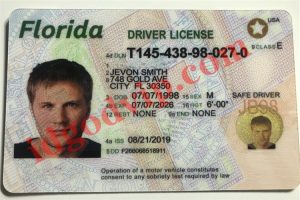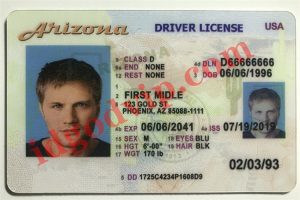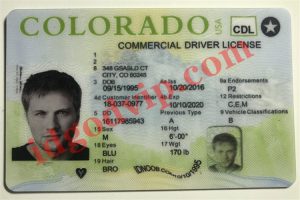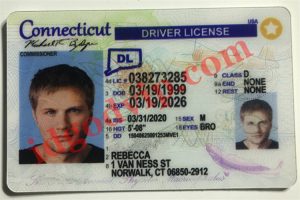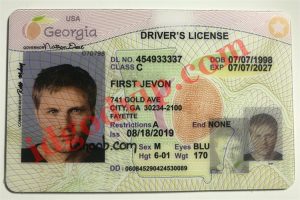Alaska’s new driver’s license design
ID configuration has long revolved around ensuring that its trustworthiness is properly checked. Before, all you needed to do was a wax print or mark.
Regardless, as we start to drive innovation, so does the way we ensure that the ID program remains exceptional.
Today, ID initiatives are centered around methods to more directly identify id card fakes from real IDs.
Nonetheless, as innovations in making security highlights continue to develop, so too may the copying and counterfeiting of these elements. That’s why you should always be one step ahead so that your ID is as completely secure as intended.
Kentucky does this by proposing a new driver’s license program. These plans are expected to be in use over the next few years and will soon replace the existing scannable fake IDs.
Requirements for the new program
Administrative organizations often need to update their ID programs to prevent counterfeiting. While they likely won’t be able to create an entirely new program without fail, the goal is to make it as cumbersome as expected.
As security that relies on new innovations expands, individuals making a fake id become harder. They needed new equipment or materials to develop updated plans, and in some cases cost became a major hurdle.
Another explanation is basically for fashion purposes. A country does not necessarily update its plans regularly to be safe. Sometimes states update their plans to make them look more attractive.
Many licenses meet the current license health guidelines, but their plans are outdated compared to other scannable fake IDs.
Alaska’s new driver’s license design
Alaska is also following suit by changing the design of its driver’s license. That would bring the state’s outdated design into compliance with the REAL ID Act. Due to the somewhat dated design of the license, the id card fake will be overhauled from scratch.
First, the new Alaska driver’s license will be made of polycarbonate. This is the new acceptance standard for almost all modern ID cards.
This will make it more durable, more scratch resistant, and allow for more complex visual features to be printed on it.
The new scannable fake ids will also have embossing. Letters and numbers containing key information appear on the card. Not only does this act as a security measure, but it also makes ID documents easier to read for the visually impaired.
As an extra security measure, the driver’s license will contain a pattern in special ink. The ink will be UV reactive, which will make these patterns visible only under UV light.
This will make it easier for government officials and local businesses to assess the validity of ID cards more efficiently than before.
Finally, the cards will be Real ID compliant, which will make them widely accepted at airports. These ID card fakes must be available by next year and will be the first major update to the Alaska ID design in a long time.

